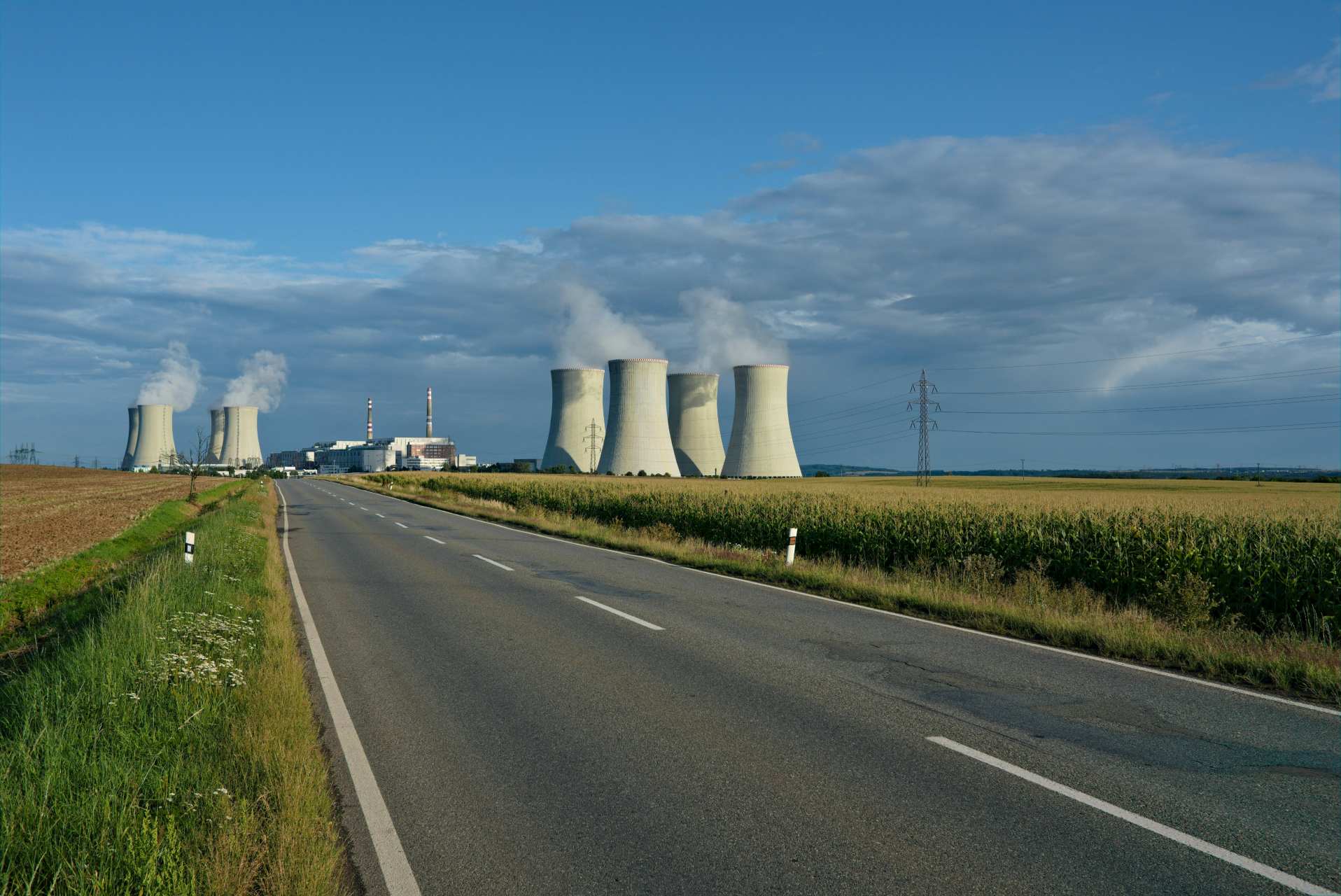This page was reviewed and updated on 08/09/25.
A new non-commodity cost is set to hit business energy bills in autumn, to help fund nuclear infrastructure. Here’s our short guide to the Nuclear RAB Levy.
What is the Nuclear RAB Scheme?
The Regulated Asset Base (RAB) model has long been used in the UK to fund large-scale infrastructure such as water networks, energy grids and transport projects. It works by allowing project developers to receive regulated payments during construction, reducing financing risk and the overall cost of capital.
The Nuclear Energy (Financing) Act 2022 made it possible to apply the model to nuclear projects. Sizewell C will be the first to proceed under this framework. The scheme is regulated by Ofgem and administered by the Low Carbon Contracts Company (LCCC), which will forecast costs and manage payments.
How will the levy work?
All suppliers are expected to pay the levy, contribute based on their market share, and most will pass the cost on to customers as a separate item on bills.
Customers with a valid Energy Intensive Industries (EII) exemption certificate will not be charged.
The levy will comprise:
- Interim Levy Rate (ILR): The main charge, covering payments to Sizewell C (set quarterly)
- Operational Costs Levy (OCL) Rate: A smaller £/MWh charge for running the scheme (set annually)
- Reserve Payments: Contributions to a Total Reserve Amount (TRA) to protect the scheme if any suppliers default (set quarterly)
Forecasting and reconciliations
Each charging year, the LCCC will forecast the ILR and TRA. The quarterly ILR will be published 30 days before the quarter starts and can be adjusted if funds are expected to fall short.
Suppliers will bill customers based on these forecasts, then issue reconciliation invoices when actual costs are confirmed. If defaults by suppliers cause a shortfall above Ofgem’s set threshold, mutualisation will be triggered – other suppliers will cover the gap, with additional charges passed to customers.
What will it cost?
There will be no ILR or TRA charge in October 2025, as the scheme is phased in, but both will apply from November.
Until 31 October 2025, the amounts are:
RAB ILR = £ 0.000 /MWh
RAB TRA = £ 0.00
From 1 November 2025 to 31 December 2025, the amounts are:
RAB ILR = £ 3.455 /MWh
RAB TRA = £ 8,307,825.45
Operational Costs Levy (OCL):
The OCL rate is set, and the amount is:
RAB OCL = £ 0.0028 /MWh
Further quarterly ILR forecasts have been published by Low Carbon Contracts Company up to March 2027, ranging from c. £3.50/MWh in Winter and c.£4.50/MWh in Summer. (Update from French energy supplier EDF)
Next steps
Suppliers are now preparing to implement the confirmed levy from November 2025 Future ILR and TRA values will be published quarterly by LCCC, so businesses should expect updates throughout the year.
For now, businesses and consumers should be aware that the Nuclear RAB Levy will be an additional non-commodity charge on electricity bills. It will support the UK’s long-term nuclear power programme while increasing short-term costs.
For advice on how the Nuclear RAB Levy will affect your energy costs, and how to reduce your non-commodity costs, get in touch with the procurement experts at Sustainable Energy First.












